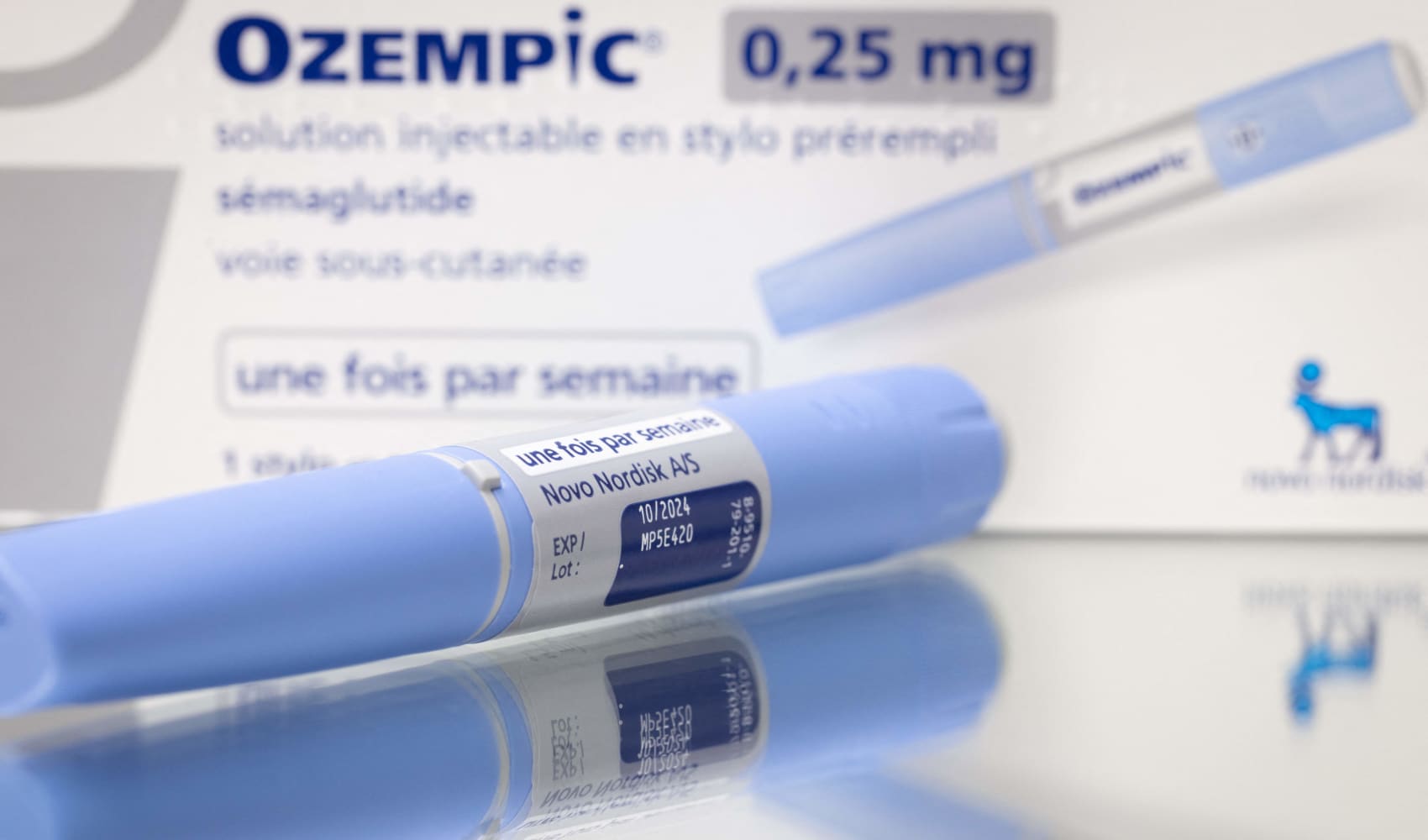Undergoing surgery is always tough. Depending on the procedure, recovery can be painful and it might take a while before you feel better. But now, more doctors are performing no-cut surgeries, even removing things like brain tumors without making any major incisions.
"For a couple of years, I've had some changes in my vision that were not getting better," 55-year-old Sundari Prahasto.
Prahasto was slowly losing her vision. She had a tough time reading and concentrating, and things continued to get worse.
"I probably would be blind shortly," she said.
But it wasn't a problem with her eyes. An MRI showed that Prahasto had a benign tumor on her brain, and it was pushing on her optic nerve. If they didn't operate soon, the tumor would continue to grow, and she'd lose her vision all together.
"It was pretty scary," she said. "I never thought that I would be the one with brain surgery."
Traditionally, removing a brain tumor involves cutting through the skull and moving around blood vessels and nerves to find the tumor. It requires a long hospital stay and tough recovery.
Health
But now doctors at George Washington University Hospital are removing some types of brain tumors without making any big incisions. That's because they're removing them through the nose.
"There are no incisions," said George Washington University Hospital Dr. Ameet Singh. "Patients recover faster. The hospitalization is easier."
It's part of a new trend in surgery, removing tumors, even major organs, with little to no cutting. This past spring, doctors at the University of Maryland Medical Center even removed a kidney through a patient's belly button. Doctors made a small incision in the navel and removed the organ using a special tool. That way, there are no stitches and no scarring.
"If you can use the body's natural openings to remove tumors or help patients, I think it's great because brain surgery is never easy on the patient," Singh said.
Singh, an ear, nose and throat doctor, works with a neurosurgeon, to remove benign pituitary tumors and other types of non-cancerous masses located in the front part of the brain, behind the eyes. These are the easiest to access through the nose.
"One of the biggest things is, 'Is there that much room in the nose?' and the answer is yes," Singh said. "You could be amazed at how much room there is in the nose."
After surgery, most patients are back home in three to five days, and pain is minimal, he said. Most experience only nasal congestion.
Doctors were able to get most of Prahasto's tumor out. During surgery, doctors found it was a different type of tumor than they originally thought and she may have another operation. But just two weeks after surgery, she's already regaining some of her vision.
"I'm regaining some of the sight and the concentration is coming back very slowly," she said. "But yes, that's coming back and that's exciting. Very exciting."



